-
A
Preservation of traditional customs and practices
-
B
Social equality and inclusive governance
-
C
Economic transformation and agricultural development
-
D
Preservation of ethnic and linguistic diversity
C
Answer:
C
Colonial rule had a significant impact on Punjab, particularly in terms of economic transformation and agricultural development.
The British introduced modern farming techniques, irrigation systems, and infrastructure such as canals, railways, and roads, which revolutionized agricultural practices in the region.
Punjab became the richest farming area of India under colonial rule, and its agricultural productivity increased significantly.
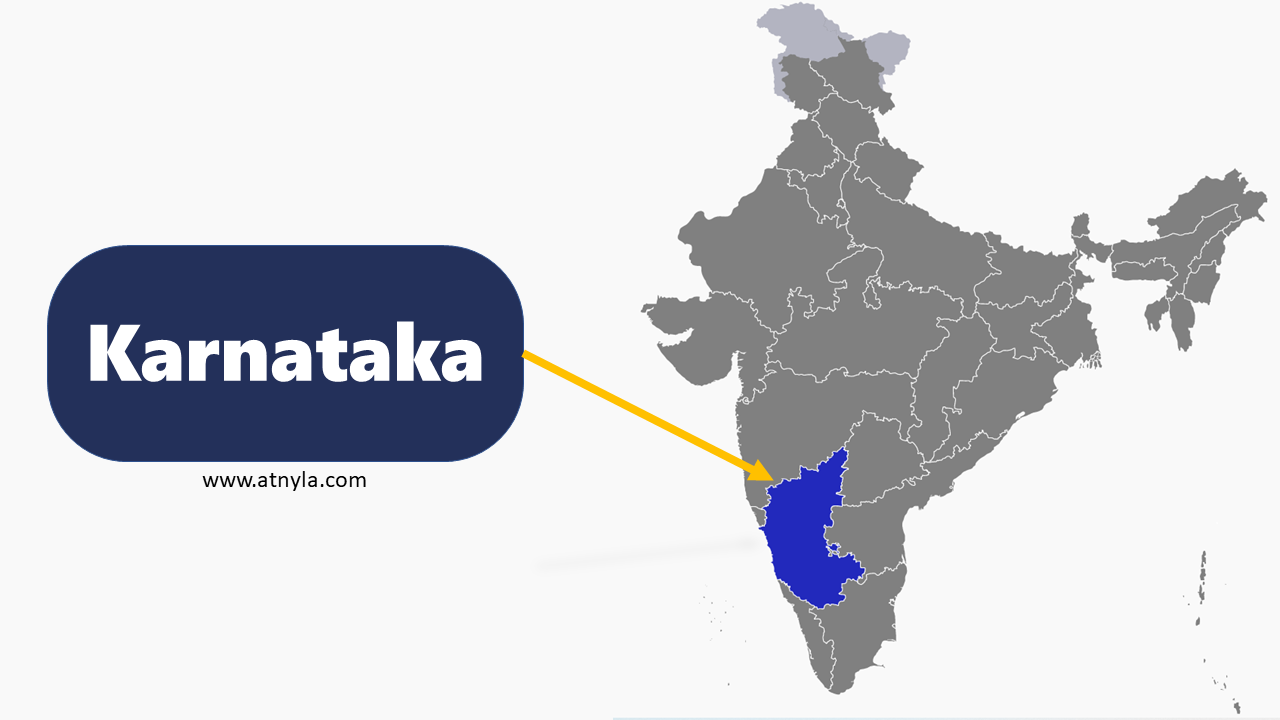 Karnataka GK
Karnataka GK 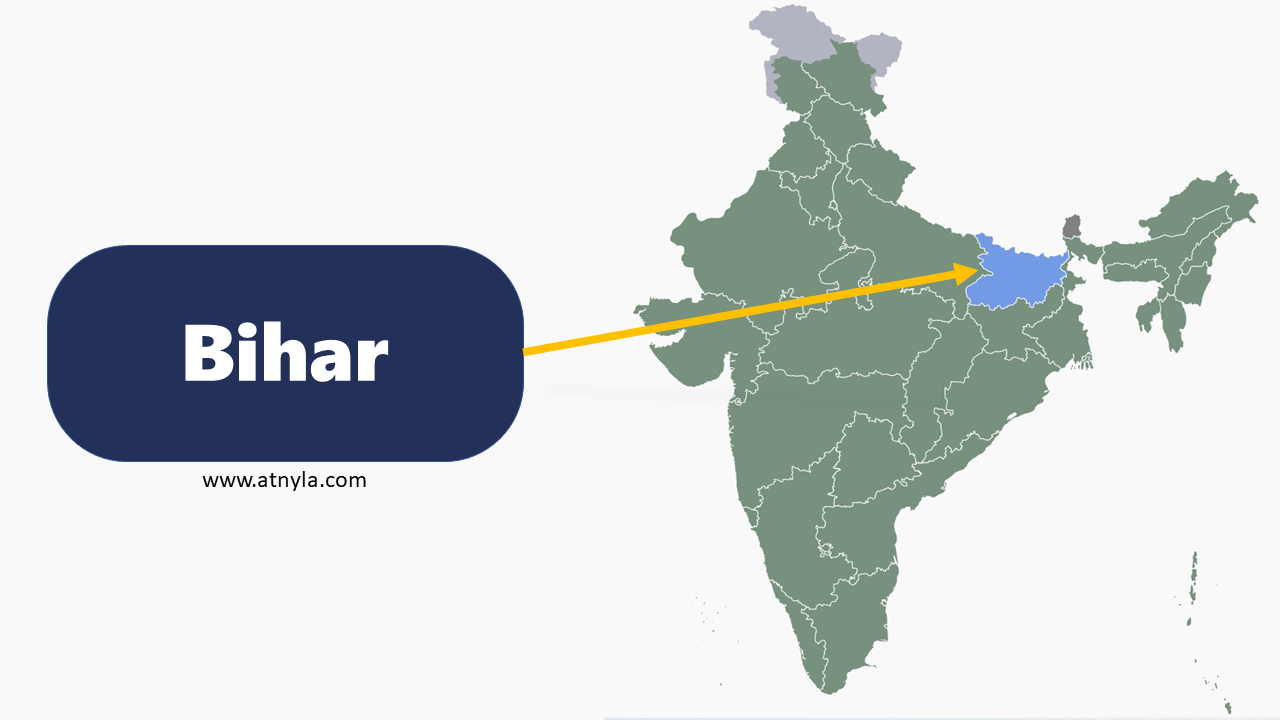 Bihar GK
Bihar GK 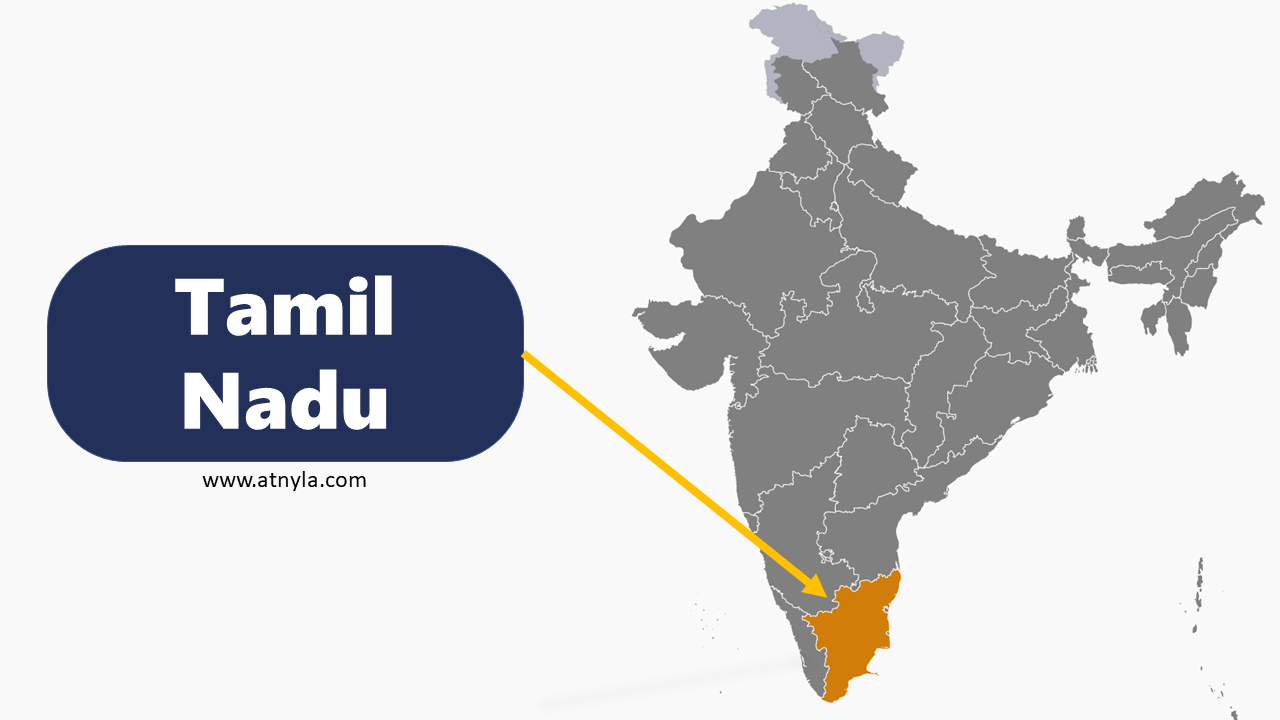 Tamil Nadu GK
Tamil Nadu GK 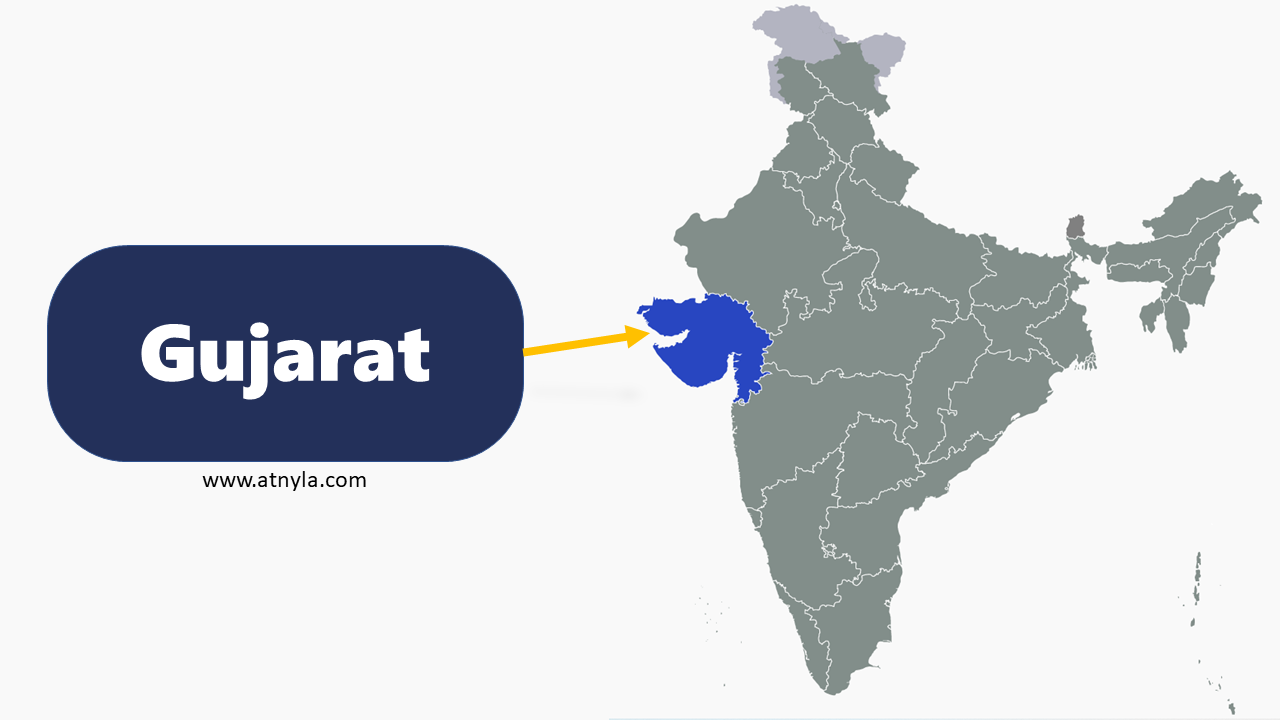 Gujarat GK
Gujarat GK 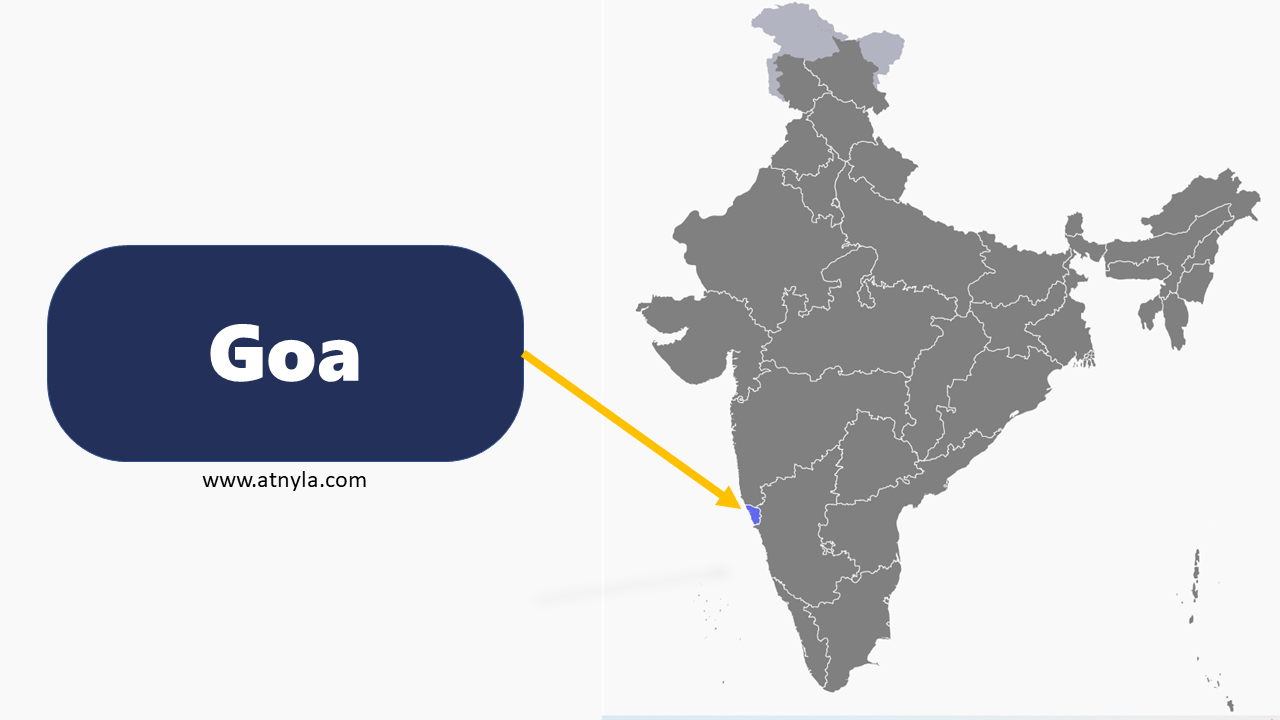 Goa GK
Goa GK 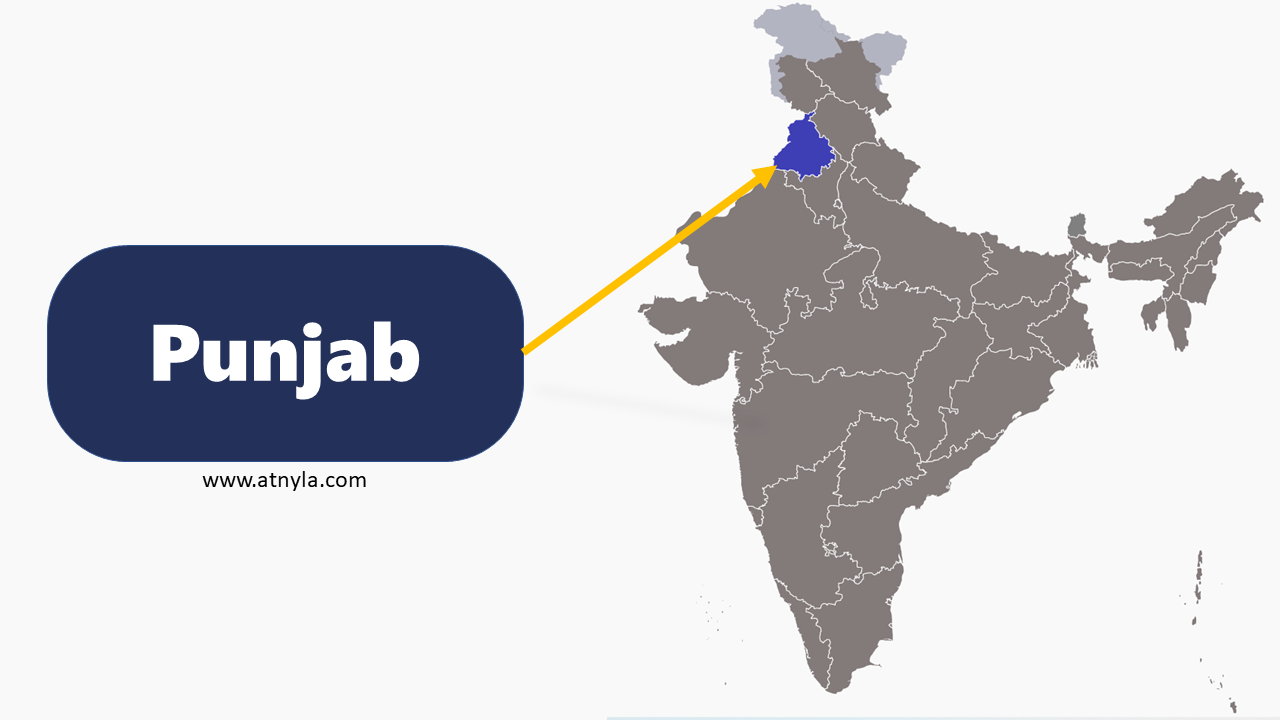 Punjab GK
Punjab GK 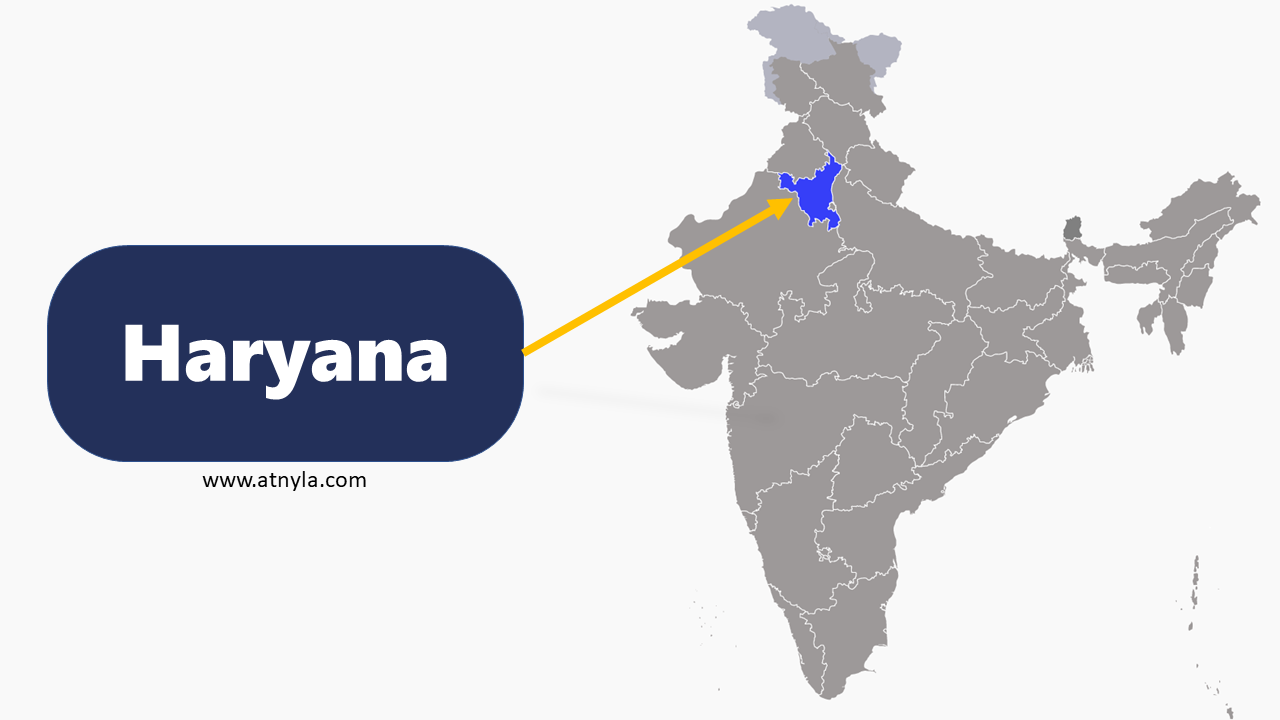 Haryana GK
Haryana GK 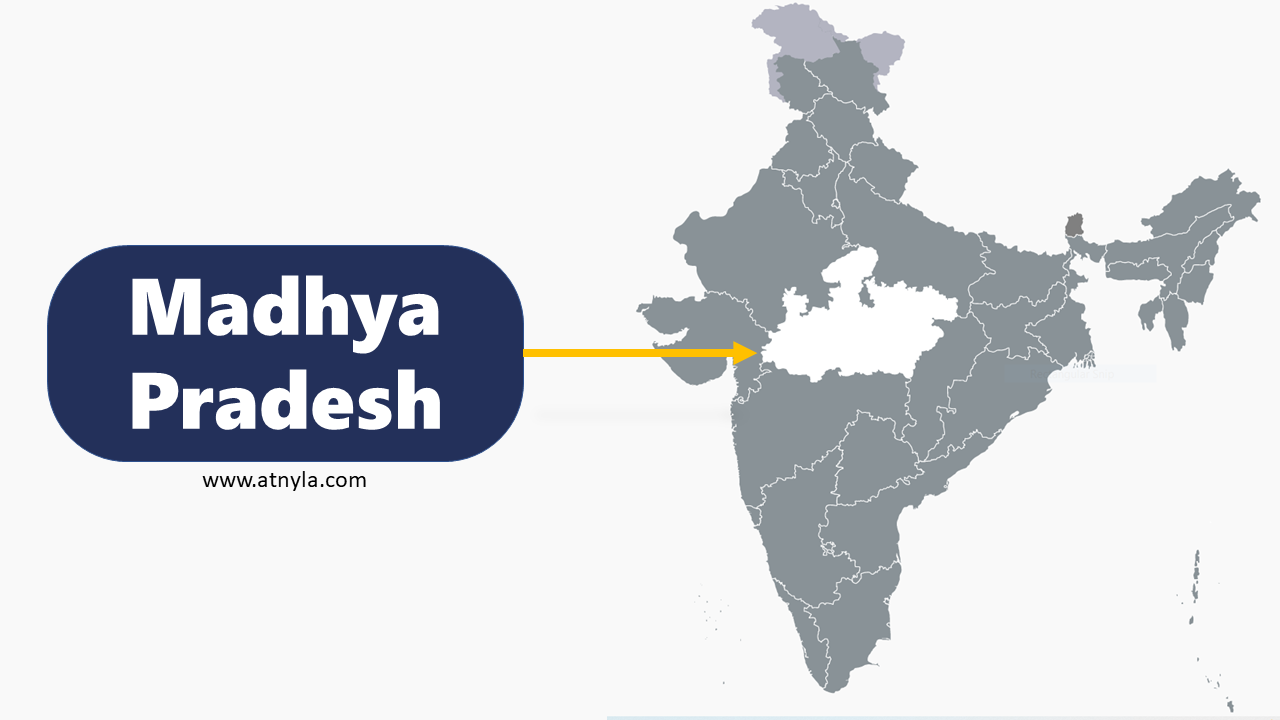 Madhya Pradesh GK
Madhya Pradesh GK 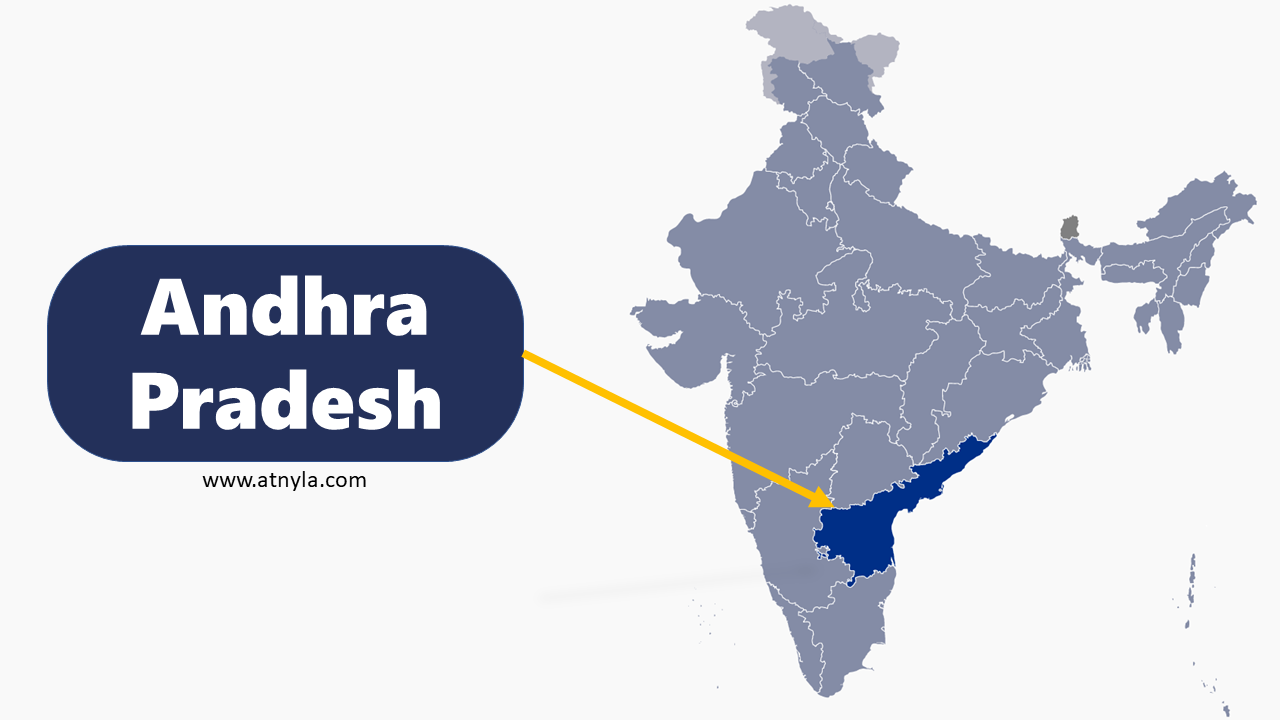 Andhra Pradesh GK
Andhra Pradesh GK 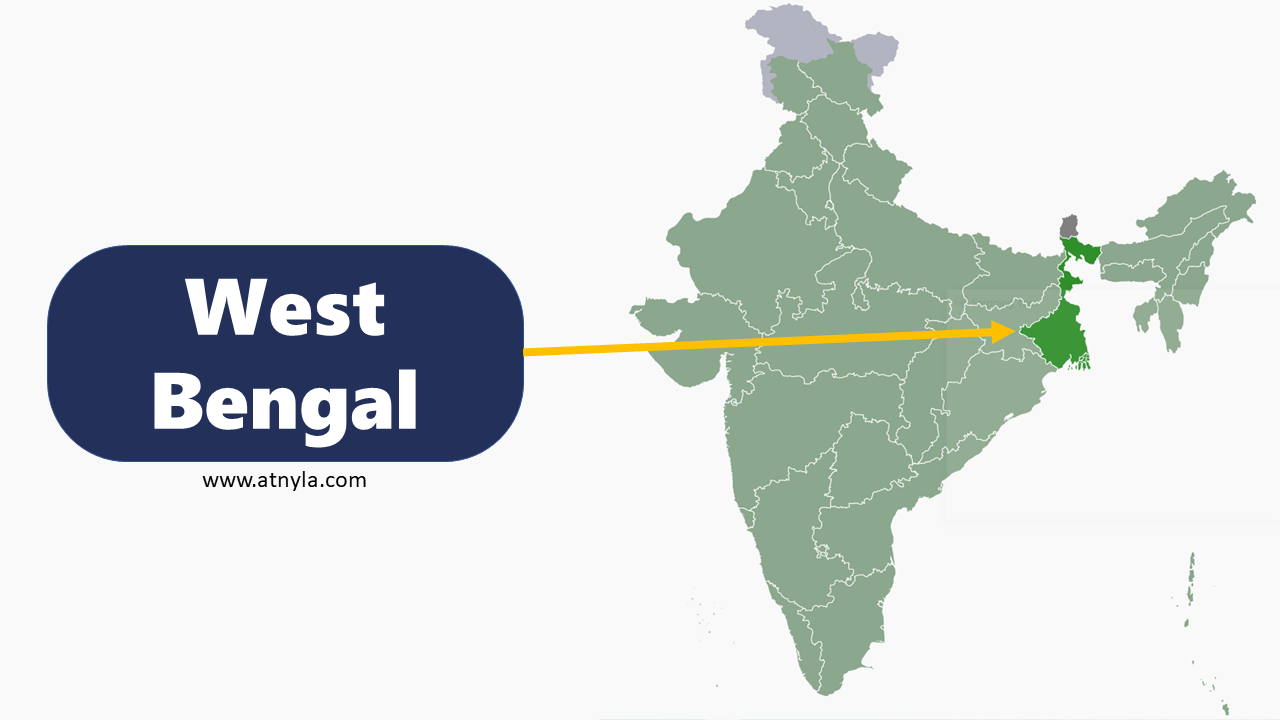 West Bengal GK
West Bengal GK 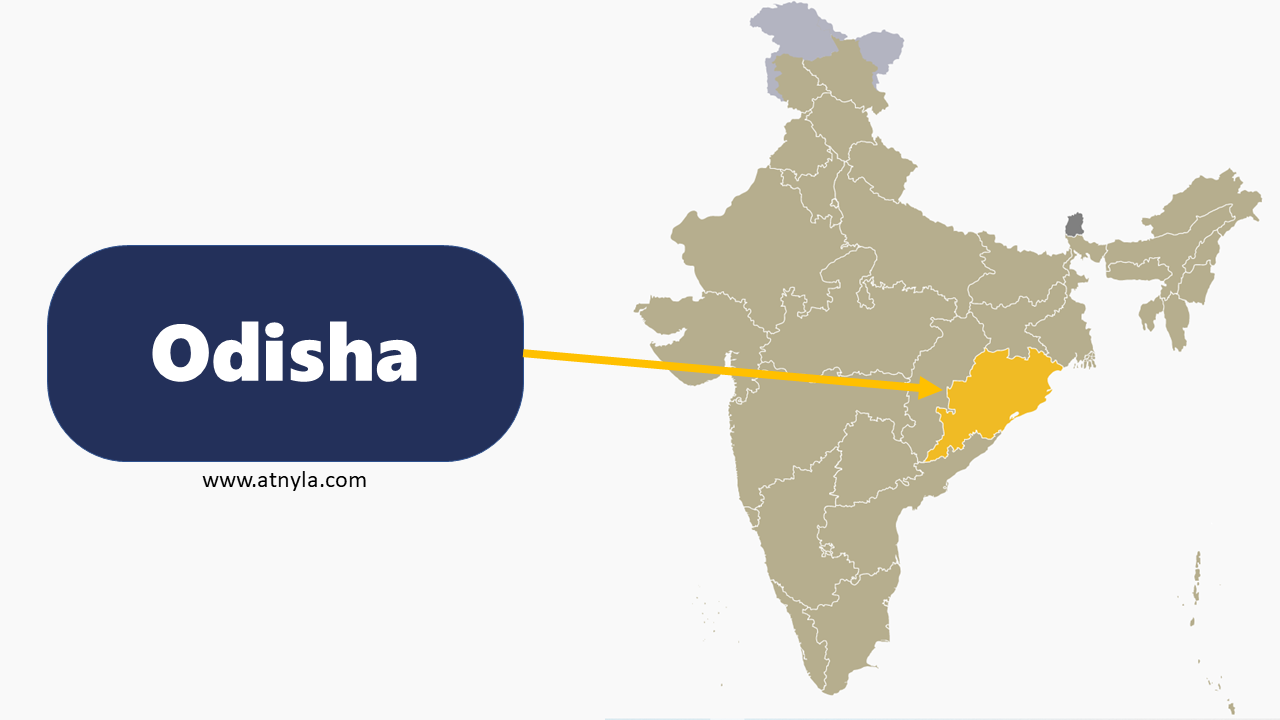 Odisha GK
Odisha GK 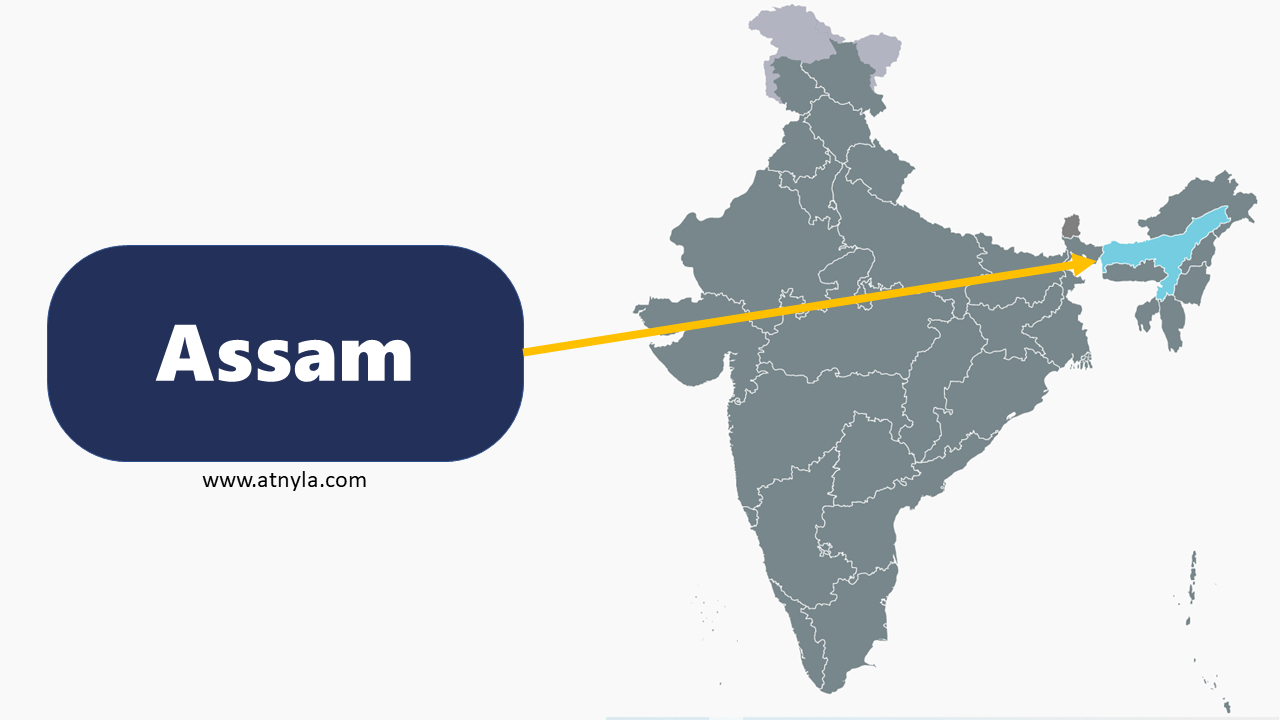 Assam GK
Assam GK  Delhi GK
Delhi GK 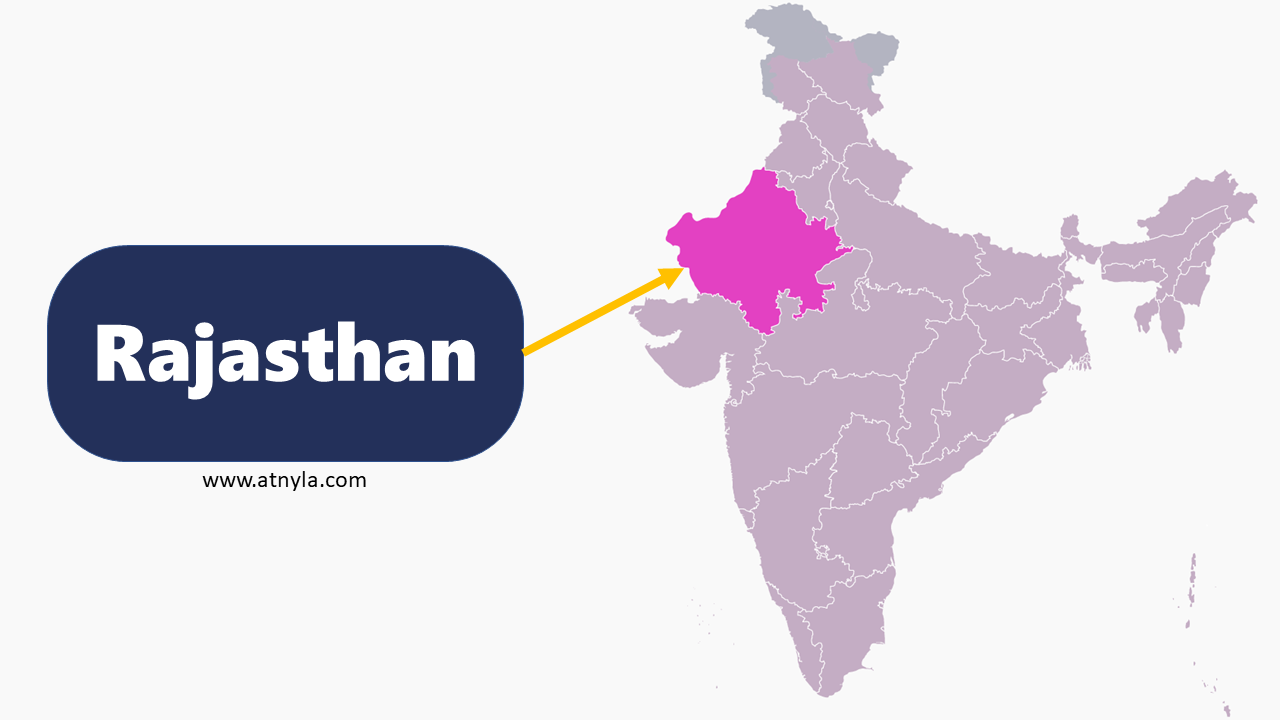 Rajasthan GK
Rajasthan GK